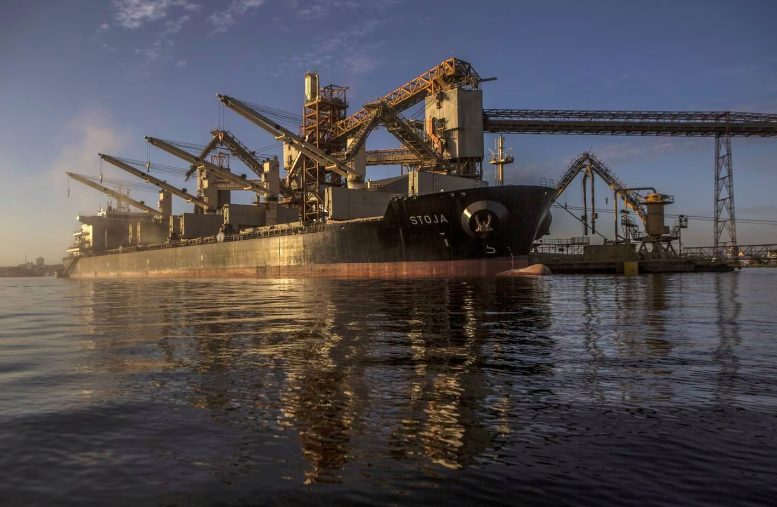According to a report issued earlier this year by Boston Consulting Group (BCG), world trade is facing a decade of inflation and stagnation.
The report explained that the annual growth rate will average 2.3% through 2031, compared to a global GDP increase of 2.5%.
This outlook reflects the reconfiguration of global supply chains in the wake of the Covid-19 pandemic and Russia’s invasion of Ukraine, which began a year ago.

Since then, there has been much more talk of nearshoring, the relocation trend in which companies move their operation to a nearby country with lower production and labor costs.
But under these scenarios, some countries and governments are more strongly considering another trend, ‘friendshoring’, a model in which supply chains focus on countries considered political and economic allies.
It has even been a trend strongly promoted by US Treasury Secretary Janet Yellen in recent months.
LATAM’S POSITIONING IN FRIENDSHORING
“Countries with strong and consistent bilateral relations with the United States have the greatest potential to attract friendshoring in the region.”
“For the US government, ties of shared values, such as the defense of democracy and security, are increasingly important and relevant within its geopolitics in the current international situation,” María Claudia Lacouture, president of the Colombian-American Chamber of Commerce, AmCham Colombia, explained to Bloomberg Linea.
The Chamber advocates that the countries best positioned for the Americas Partnership for Economic Prosperity initiative are Colombia, Chile, Costa Rica, Ecuador, Mexico, Panama, Dominican Republic, and Uruguay.
The United States is determined to consolidate strategies in these countries regarding the rearrangement of supply chains, inclusive economic development, and energy transition.
“Friendshoring means we have a group of countries that strongly adhere to a set of standards and values, and we need to deepen our ties with those partners and work together to make sure we can supply our critical materials needs,” Yellen said in recent months.
COLOMBIA: A KEY PLAYER BECAUSE OF ITS HISTORICAL RELATIONSHIP WITH THE US
According to Lacouture, the extensive political and commercial relations that Colombia and the United States have maintained position the Andean country as a key player in friendshoring and attracting investment.
“From AmCham Colombia, we have been following up on products with opportunity since the trade tension between China and the United States intensified.”
“According to this analysis, among the sectors that grew the most in exports and that in turn represent opportunity, between January 2022 and 2023, stand out chemicals, accounting for shipments of US$16.3 million (+86.3%); leather, with exports of US$534,191 (+83%); and minerals, with US$120.1 million (+62.4%),” said the president of AmCham Colombia.
The list would also comprise miscellaneous goods and products, timber, palm oil, knotted mesh fabrics, wadding, gauze and bandages, and tanned or dressed fur skins.
Lacouture told Bloomberg Línea that beyond the nearshoring/friendshoring trend, the Colombian agroindustrial sector has an export potential of 677 products, although only 244 are sold.
That’s why greater promotional actions are needed in the United States so that more companies can intensify their internationalization.
LATAM’S INTERNATIONAL TRADE IN 2023
A recent Americas Market Intelligence (AMI) analysis noted that Latin America’s international trade would have a generalized slowdown in the economic and logistics sectors.
“The first half of the year will begin with the same economic weakness experienced in the fourth quarter of 2022, which will help supply chains return to normal at the expense of lower economic activity.”
“Conversely, the second half of the year could become a wild card determined by the soft landing of the US economy and rebounding consumer demand in China,” said Diego Rodriguez, AMI’s Logistics Practice senior director.
For example, the European Union would boost its trade with the United States by US$359 billion over the next nine years, mainly from US energy exports to Europe, while expanding its trade with Africa and the Middle East.
Likewise, US-China trade is projected to fall by US$63 billion over the same period.
With information from Bloomberg

